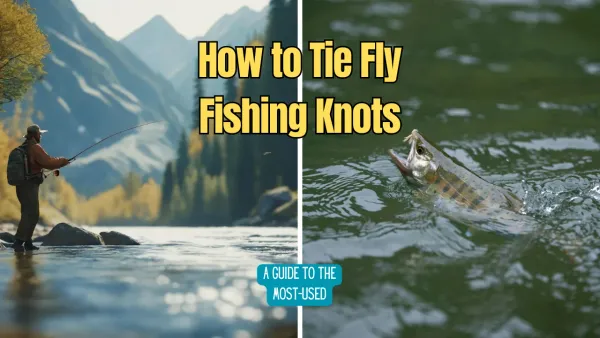Camping offers a return to nature, where the tools you carry are your lifeline. Among these, the axe stands out as a symbol of wilderness survival. But the question remains: should you bring an axe camping? This article dives deep into the practicalities and considerations of carrying an axe on your outdoor adventures.
Key Takeaways:
- Understanding the different types of axes and their specific uses can enhance your camping experience.
- The decision to bring an axe depends on the nature of your camping trip, such as car camping or backcountry exploring.
- Proper use and safety considerations are crucial when handling an axe on camping trips.
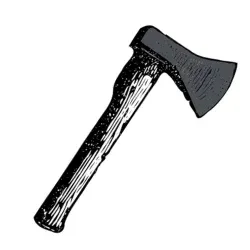
What is a Camping Axe?
A camping axe, often smaller than a full-size axe, is designed for portability and versatility. It's perfectly suited for tasks like making kindling, chopping small to medium-sized logs, or clearing brush. The typical camping axe features a hickory handle known for its durability and shock absorption, making it ideal for the repetitive impact of chopping wood.
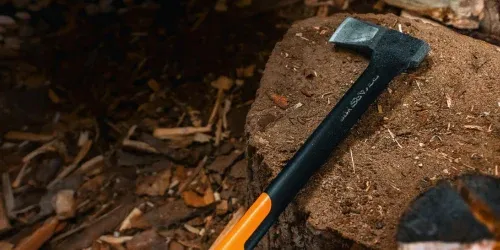
Types of Axes for Camping
When considering an axe for camping, the variety can be overwhelming. From the compact camping hatchet to the larger splitting maul, each type serves a specific purpose. The smaller axe or hatchet is great for basic campsite needs like cutting kindling or clearing small branches. In contrast, a felling axe or splitting maul might be necessary for more intensive tasks like splitting firewood or felling dead trees.
The Role of Axes in Car Camping
Car camping allows you to bring more gear due to the proximity of your vehicle. In this scenario, carrying a larger axe or even a splitting maul can be practical. These tools are invaluable for managing a larger campfire or clearing fallen logs from your campsite, ensuring you have enough firewood for warmth and cooking.
Axes and Backcountry Camping
For those venturing off the beaten path, weight and space are premium considerations. A full-size axe is impractical for backcountry trips where you carry all your gear. Instead, a lightweight camping hatchet or even a folding saw can be more appropriate. These tools are sufficient for creating feather sticks, cutting small branches, and other minimal impact activities.
Choosing the Right Axe for Your Trip
Selecting the right axe involves considering the length of your trip, the environment, and what you anticipate needing the axe for. A smaller axe or hatchet with a hickory handle is typically sufficient for most camping trips. However, if you plan to be in an area with a lot of downed wood or need to clear trails, a larger axe might be necessary.
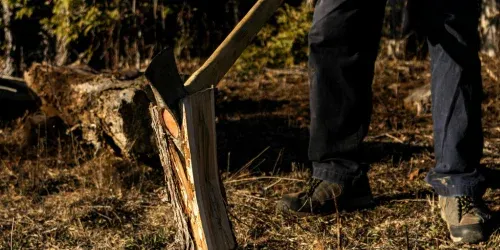
Safety First: Using an Axe at the Campsite
Safety cannot be overstated when it comes to using axes. Always ensure that your axe is sharpened and maintained properly to avoid accidents. Techniques for chopping and splitting wood safely should be learned and practiced, particularly if you are new to using such tools.
The Benefits of Bringing an Axe
Bringing an axe can greatly enhance your camping experience by allowing you to manage your firewood, clear space for your campsite, or even help in emergency situations. An axe also serves as a multi-use tool; for instance, the back of an axe head can be used as a hammer to drive tent stakes into the ground.
When is an Axe Unnecessary?
There are circumstances where an axe may not be necessary. If you're planning a short trip or staying in a well-maintained campsite with pre-cut firewood, carrying an axe might just add unnecessary weight to your pack.
Alternative Tools to Consider
If an axe seems like overkill for your needs, consider other tools like a camping saw or a sturdy knife. These can handle most small cutting tasks and are generally lighter and safer to carry.
Environmental Considerations
Responsible camping means leaving no trace. When using an axe, be mindful of the environment. Avoid cutting live trees or damaging vegetation. Use fallen logs or dead trees for your firewood to minimize your impact on the surrounding nature.
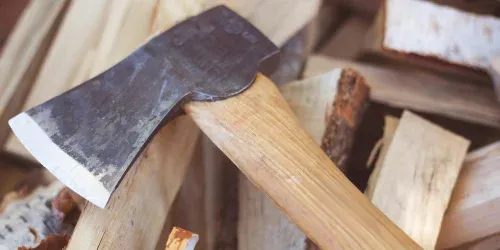
Packing and Carrying Your Axe
If you decide an axe is necessary for your trip, packing and carrying it safely is crucial. Ensure the axe is sheathed properly to avoid injury or damage to your gear. For backpacking, a smaller axe or hatchet can usually be attached to the outside of your pack.
Maintaining Your Camping Axe
Maintaining your axe ensures it remains safe and effective. Regularly sharpen the blade, oil the head to prevent rust, and inspect the handle for any signs of wear or damage. Proper care extends the life of your axe and ensures it’s ready for your next adventure.
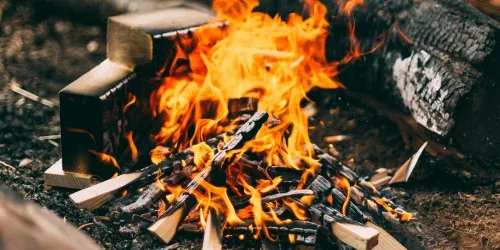
Summary
Deciding whether to bring an axe camping depends largely on the nature of your trip and your needs at the campsite. For car camping or extended stays, an axe can be invaluable for managing larger tasks like splitting wood or clearing fallen logs. For lighter, backcountry trips, consider a smaller hatchet or alternative tools like a saw or knife. Always prioritize safety and environmental responsibility when using an axe in the wilderness.
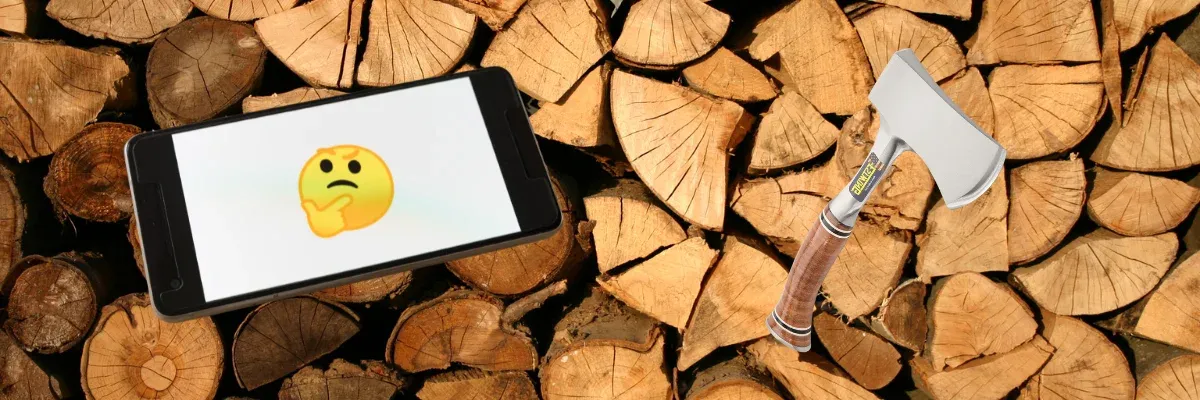
FAQs
What is the best type of axe for camping?
The best type of axe for camping depends on your specific needs. A smaller hatchet or camping axe is usually sufficient for most camping scenarios, especially if you need to save on space and weight.
How do I safely carry an axe while hiking?
When hiking, carry your axe in a sheath attached securely to your backpack. Ensure the blade is covered and the axe is fastened tightly to prevent any movement.
Can I use an axe for tasks other than chopping wood?
Yes, axes can be versatile tools. The back of an axe head can serve as a hammer for driving tent pegs, and the sharp edge can be used for making kindling or even clearing brush if necessary.
Related articles:











